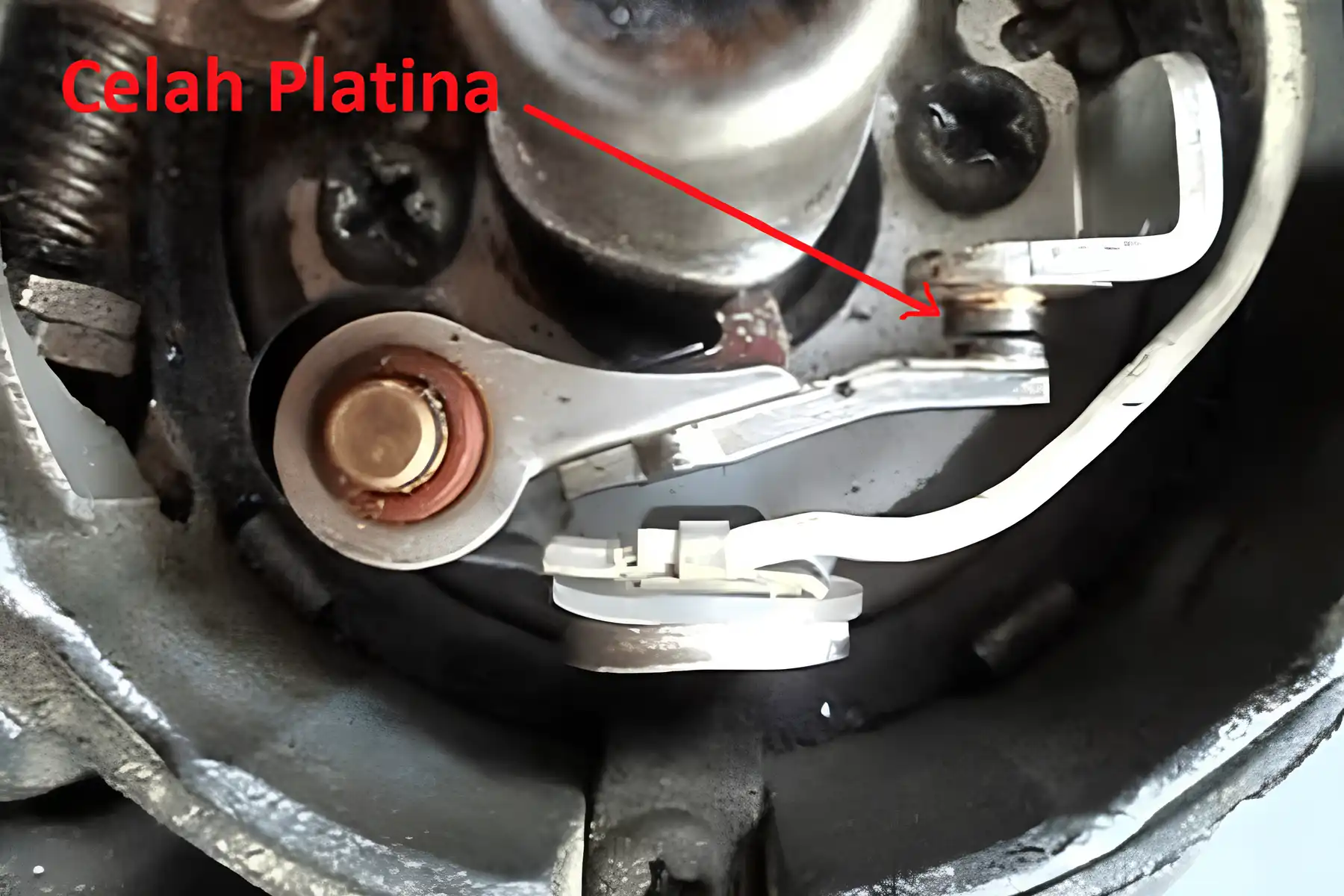Males Baca – The spark plug gap size plays a crucial role in the ignition system of vehicles, whether motorcycles or cars. An improper gap can affect engine performance, fuel consumption, and the longevity of ignition components. If the gap is too narrow or too wide, the spark generated by the spark plug will not be optimal, leading to incomplete combustion and reduced engine power. Understanding the ideal spark plug gap size is essential for maintaining your vehicle’s performance.
In this article, we will discuss the recommended spark plug gap sizes for various types of vehicles, the effects of incorrect gaps, and the proper adjustment methods. We will also explain the impact of the spark plug gap on ignition timing, coil secondary voltage, fuel consumption, and the lifespan of ignition components. By knowing this information, you can perform better vehicle maintenance and avoid issues due to improper adjustments.
Daftar Isi:
What Is Spark Plug Gap and Why Is It Important?
The spark plug gap refers to the distance between the contact points of the spark plug, which functions as a switch in the conventional ignition system. When the gap opens and closes, the electrical current flows to the ignition coil, generating high voltage to create a spark at the spark plug. If the spark plug gap is incorrect, it can disrupt the ignition system and cause performance issues in the vehicle.
Standard Spark Plug Gap Size
The standard spark plug gap size recommended by manufacturers is generally 0.45 mm. However, since a feeler gauge may not have an exact 0.45 mm measurement, you can use 0.40 mm (slightly looser) to approach 0.45 mm. If the gap is too tight or too wide, it will affect the ignition system’s performance. Here’s what happens:
1. Gap Too Wide
If the gap is too wide, the spark plug will open faster, which can negatively impact ignition:
- Engine knocking (detonation)
- Decreased power output
- Engine overheating
- Smaller spark at the plug
- Stuttering at high RPMs
- Difficulty starting the engine, especially in cold conditions
2. Gap Too Narrow
On the other hand, if the gap is too narrow, the spark plug will close for a longer period, affecting the following aspects:
- Faster heating of the spark plug
- Lower secondary voltage
- Engine stuttering at low RPMs
- Faster wear of the ignition coil and condenser
- Increased fuel consumption due to incomplete combustion
How to Measure Spark Plug Gap Size
To ensure the spark plug gap is within standard specifications, use a Feeler Gauge. Follow these steps:
- Turn off the engine and remove the distributor cover if available.
- Rotate the crankshaft until the spark plug gap is fully open.
- Use a feeler gauge with a 0.40 mm thickness and insert it into the spark plug gap.
- If it feels loose or too tight, adjust it by loosening the adjustment screw and setting the gap to the standard size.
- Tighten the screw and check the gap again.
The Effects of Spark Plug Gap Size on Engine Performance
The spark plug gap not only affects ignition but also influences several other aspects:
1. Effect on Ignition Timing
An incorrect gap can change the ignition timing, leading to reduced engine power, unstable RPMs, and difficulty starting the engine.
2. Effect on Coil Secondary Voltage
The ignition coil generates maximum secondary voltage when the spark plug gap is within the standard range. If the gap is too wide or too narrow, the voltage produced may be suboptimal, affecting the spark at the spark plug.
3. Effect on Fuel Consumption
The proper spark plug gap will result in perfect combustion and maximize fuel efficiency. On the other hand, an incorrect gap can lead to excessive fuel consumption due to incomplete combustion.
4. Effect on Ignition Component Lifespan
An incorrect gap can shorten the lifespan of the spark plug, ignition coil, and condenser. A gap that is too wide or too narrow will cause faster wear and tear on these components.
How to Correctly Adjust Spark Plug Gap
If your vehicle exhibits symptoms like stuttering, poor fuel efficiency, or difficulty starting, adjusting the spark plug gap may be necessary. Follow these steps:
- Prepare the necessary tools, such as a screwdriver, feeler gauge, and a wrench.
- Ensure the engine is off and cool.
- Open the distributor cap to access the spark plug.
- Rotate the crankshaft until the spark plug gap is fully open.
- Use the feeler gauge to measure the gap.
- Adjust the gap by loosening the adjustment screw if the gap is incorrect.
- Tighten the screw and check again.
The ideal spark plug gap size is crucial for maintaining engine performance, fuel efficiency, and ignition component lifespan. The recommended size is 0.45 mm, but it can be adjusted with 0.40 mm (slightly looser) to get closer to 0.45 mm. By understanding how to measure and properly adjust the spark plug gap, your vehicle will stay in optimal condition.
